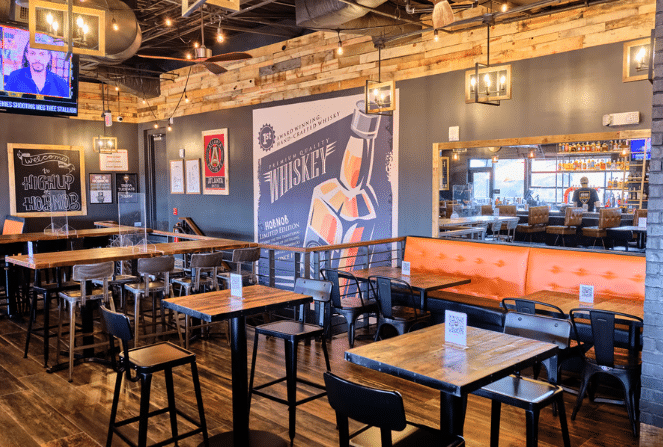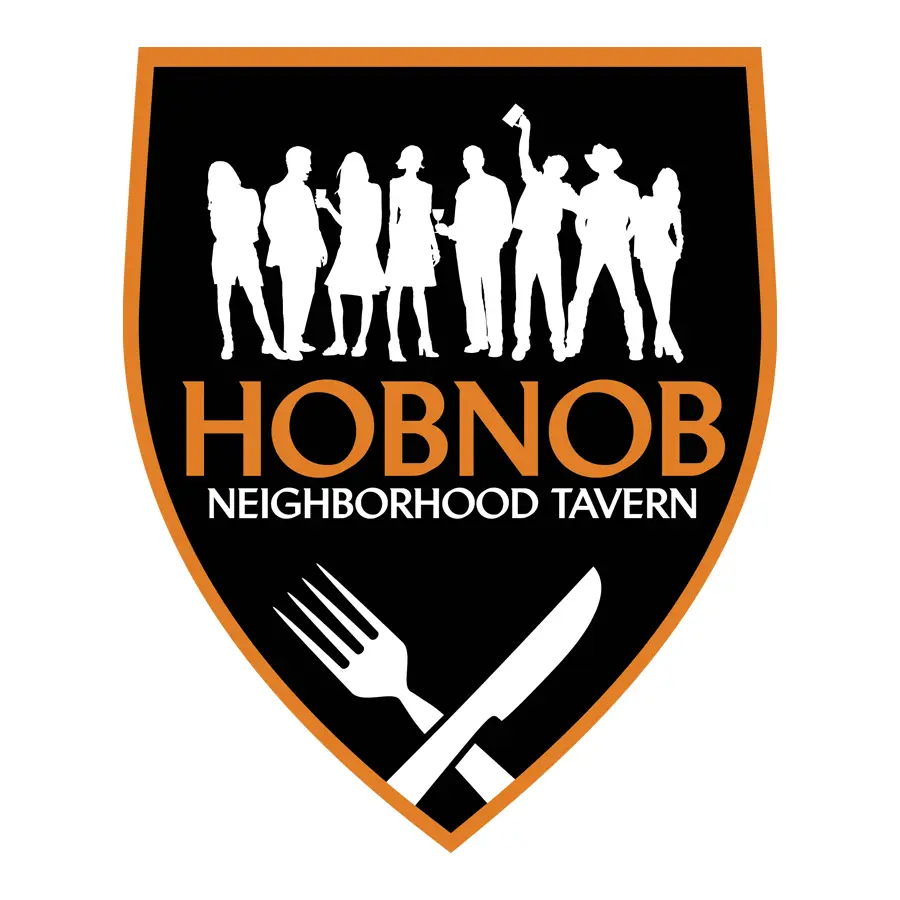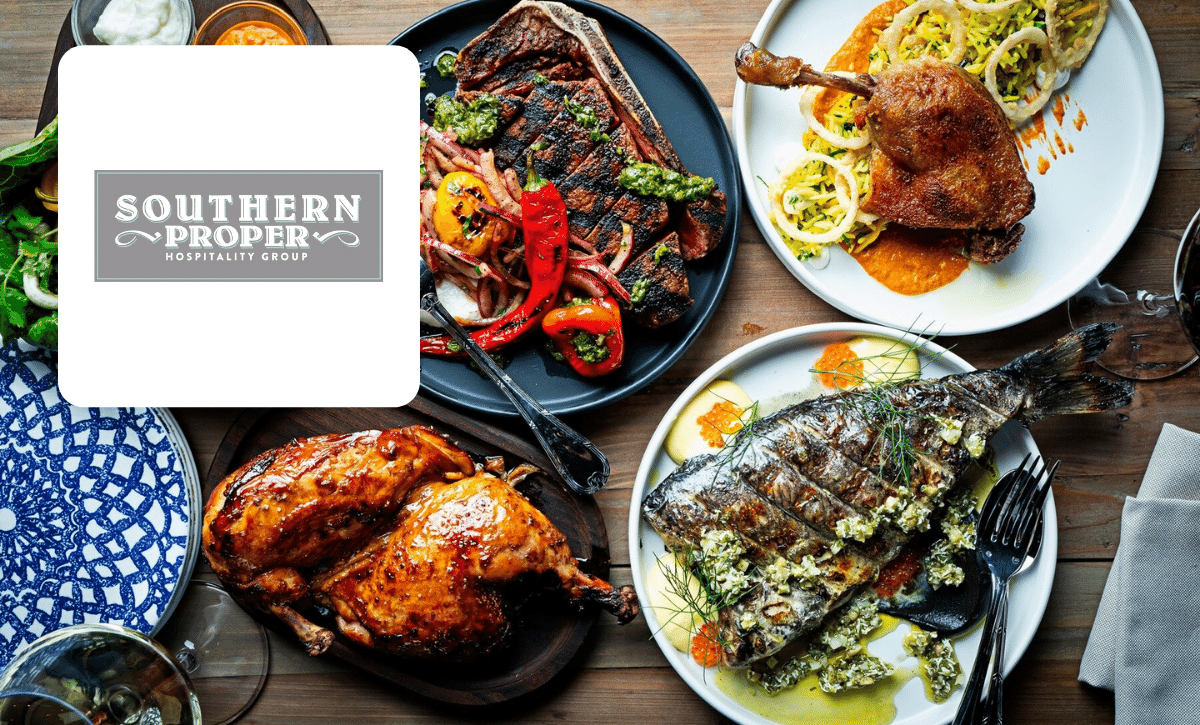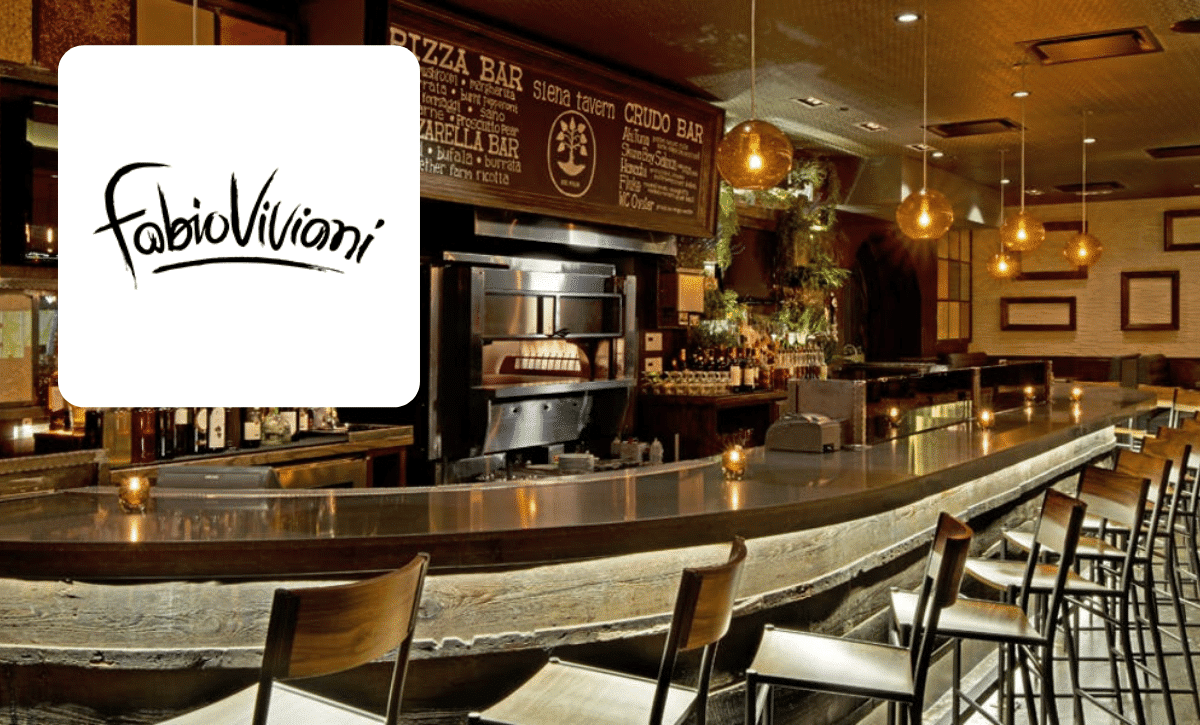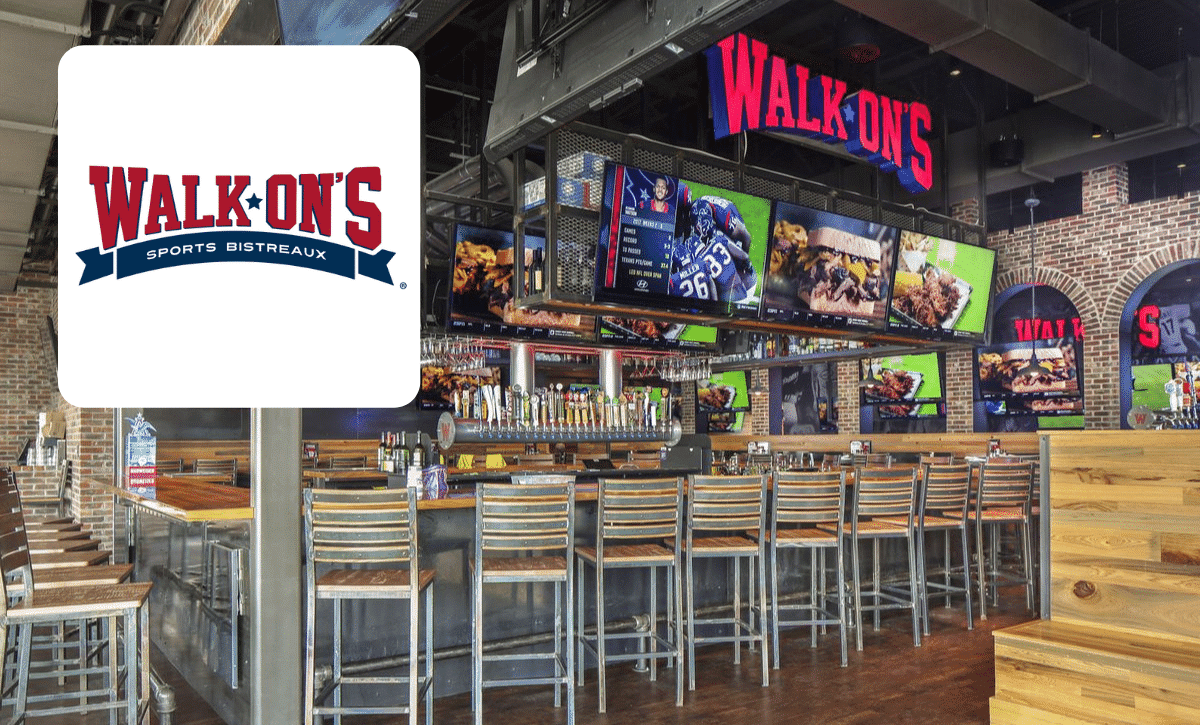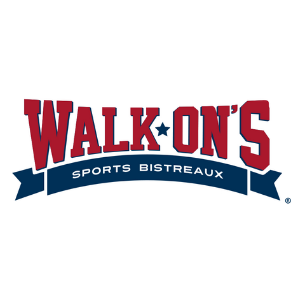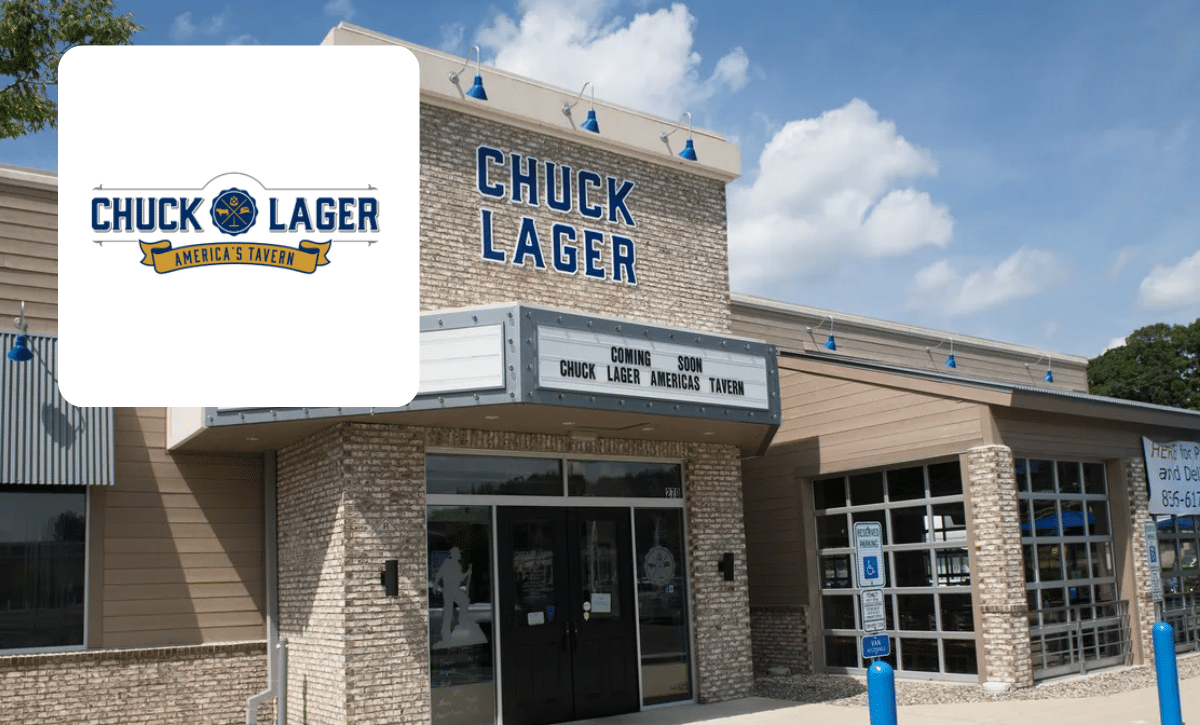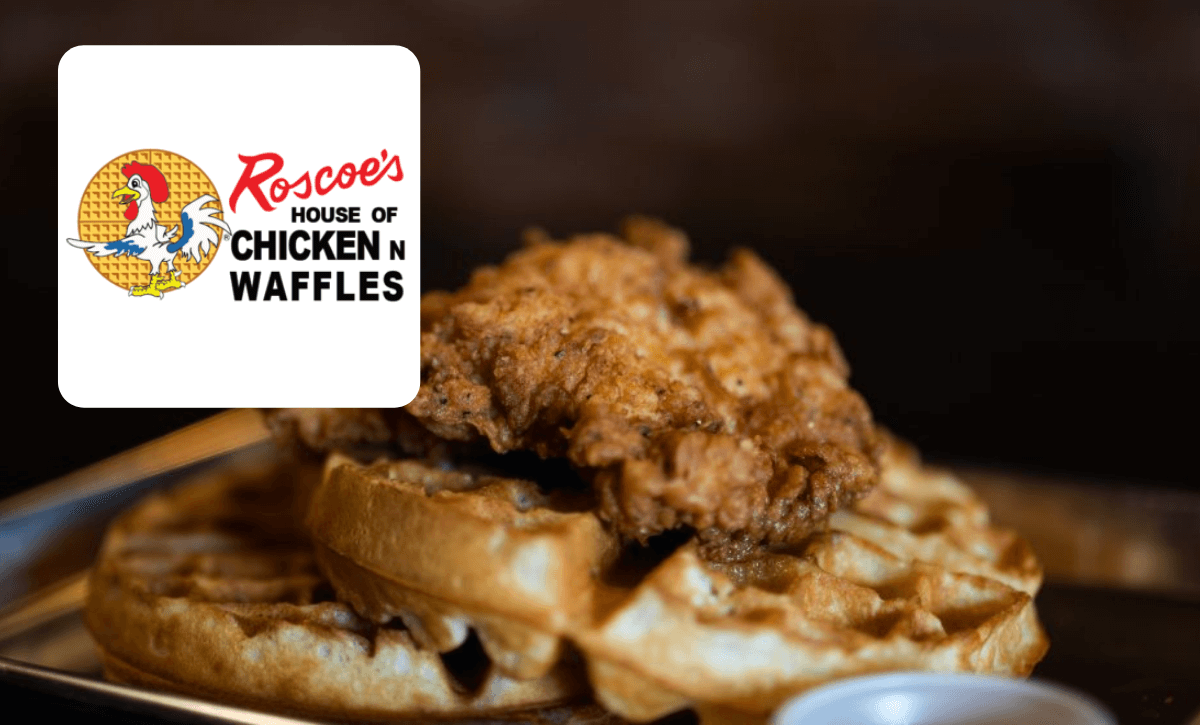
[VIDEO] CRS Hospitality Hits the “Easy Button” with Kickfin-Toast Integration
About the company
CRS Hospitality operates a growing footprint of restaurants and bars, with a focus on providing top-tier experiences for both guests and employees.
Location
Illinois
Number of Sites
15+ (and growing)
Service type
Full-service
Key Results
Eliminated manual tip calculations with POS-integrated payouts
Saved managers hours per week by removing spreadsheets, envelopes, and cash handling
Reduced tip disputes and confusion with transparent, real-time payout visibility for staff
Scaled tip management location-by-location without adding accounting or HR headcount
“When I saw the calculator tied into the POS—my jaw just dropped. I knew instantly how much time this was going to save our managers.”

Kevin Hildebrand
COO, CRS Hospitality
Meet CRS Hospitality.
CRS Hospitality is a rapidly growing restaurant group based in Champaign-Urbana, Illinois, operating 15 unique, independently branded concepts—from pizza and food trucks to steakhouses—all within a single community near the University of Illinois.
Kevin Hildebrand has led the company as COO since 2021, helping to grow CRS from just two locations to 15 in only a few years.
With approximately 500 employees and a highly centralized administrative structure, the group prioritizes efficiency, manager experience, and strong partnerships as it scales.
Read on to see why CRS Hospitality chose to automate tip pooling and payouts with Kickfin — or click below to watch the full interview.
The Challenge: Scaling Without Disruption (or Burn Out)
As CRS Hospitality expanded, so did the operational strain on managers and administrative staff—especially around tip management.
Before Kickfin, tip distribution involved:
- Cash envelopes and safes
- Frequent disputes over missing or incorrect tips
- Managers spending hours calculating and explaining payouts
- Security concerns tied to large amounts of cash on-site
“Where’s my money? Where did the envelope go? Why did I get this amount? Every operator has dealt with those headaches,” Hildebrand said.
With each new concept acquisition, CRS didn’t add more accountants or HR staff; instead, the same centralized team simply took on more volume. That made manual tip processes increasingly unsustainable. CRS needed a solution that not only reduced admin time and made tip calculations transparent, but also could scale location by location without disruption.
Kickfin + Toast = A Manager Win
CRS began using Kickfin for instant payouts, which completely solved their cash woes. When Kickfin introduced its POS integrations, Kevin was eager to reap the benefits of automated tip pooling, too.
“When I saw the calculator tied into the POS, my jaw just dropped. I knew instantly how much time this was going to save our managers.”
With Kickfin’s Toast integration and digital, direct-to-bank payouts, the CRS team could now:
- Automatically calculate tips based on real sales data
- Instantly show employees exactly how payouts were determined
- Eliminate cash handling and bank runs
- Shift focus back to leading teams and serving guests
Most importantly, managers were excited about the change.
“I always ask myself—how am I going to sell this to my managers? The calculator was a home run. They immediately said, ‘I’ve got to do this.’”
For Kevin, ongoing support and partnership from their vendors matters as much as the quality of the tech itself. As CRS adds locations, Kickfin scales right alongside them.
“I email our rep—boom, it’s set up. Integrations are done. It just works.”
“I always ask myself—how am I going to sell this to my managers? The calculator was a home run. They immediately said, ‘I’ve got to do this.’”

Kevin Hildebrand
COO, CRS Hospitality
You might also be interested in

- Product and Company News
2025 was a defining year for Kickfin and the customers who rely on our software to automate their tip management processes
Driven by direct customer feedback and the evolving realities of restaurant operations, our Product Development team delivered a wave of meaningful enhancements across tip calculation, integrations, user controls, and accounting.
Before we look ahead to 2026, here’s a look back at the product advancements that made Kickfin more robust, more flexible, and more ready to meet the demands of restaurant teams than any other tipping solution.
Advanced Tip Calculator Enhancements
n 2025, we significantly expanded the functionality of Kickfin’s Tip Calculator. Here are a few standout features that we released:
Separate Tips and Auto-Gratuities
Kickfin now tracks tips and auto-gratuities separately, allowing operators to report them independently to payroll and manage them differently for tax purposes.
This distinction is especially important in light of the 2025 No Tax on Tips legislation. While tipped employees no longer pay federal income tax on the first $25,000 in tips earned annually, auto-gratuities, service fees, and other compulsory charges remain taxable.
Kickfin ensures those earnings are categorized correctly from the start — reducing downstream payroll and compliance risk.
House Accounts for Service Charges
Not all service charges are distributed 100% to employees — and Kickfin allows you to handle that with “House Accounts.”
Operators can retain a portion of service charges while distributing the remainder to the team. This is particularly valuable for:
- Special events and private dining
- Paying out job roles that don’t typically participate in tip pools (e.g., event managers)
- Maintaining clarity and transparency around service charge allocation
More Flexible Tip Share Logic
No two restaurants share tips the same way — and Kickfin’s calculator now supports even more real-world scenarios.
Operators can configure tip shares:
- By shift or by check close, ensuring support staff are compensated appropriately even if they didn’t touch a specific check
- By hours worked or split evenly, a level of flexibility that remains unique to Kickfin
- With advanced rules for “remaining tips,” allowing operators to define how servers and bartenders split earnings after support positions are paid out.
These enhancements allow Kickfin to support everything from simple pools to highly complex policies.
Check-Level Edits for Greater Accuracy
POS data doesn’t always capture every nuance, so managers may need the ability to make changes.
Kickfin now supports individual check-level edits for:
- Cash tips
- Auto-gratuities
- Check details and splits
This ensures large parties, special events, and edge cases are handled accurately.
Tip Calculator Change Log for Auditability
Any check-level change made by a manager is recorded in a detailed change log. This creates a clear audit trail, helping operators resolve questions quickly and reinforcing transparency and trust with staff.
Enhanced Functionality for Smarter Cash Handling
Thousands of restaurants use Kickfin because they don’t have enough cash on hand to pay out credit card tips, and they want to reduce the amount of cash handling in their restaurant altogether.
However, we know cash will probably always be a (small) part of the equation. Kickfin makes it easy for you to handle that with some added functionality:
- Tips left in cash: If a diner leaves a pile of cash at your table, it might not get recorded in your POS. However, Kickfin allows you to record it and distribute it through our platform.
- Cash payouts: Many operators may want to distribute all of the cash left in their register at the end of a business day to avoid bank runs for deposits. Again, that’s easy to do with Kickfin’s “Blended Payouts” feature.
Enhanced Support for Toast Delivery Service Tips
Kickfin now handles Toast Delivery Service tips more intelligently by excluding driver tips from the general tip pool and assigning those tips directly to the delivery driver. This ensures tips are distributed exactly as intended.
Kickfin delivers on all of those fronts by:
- Freeing managers up from bank runs and the back office, so they can focus on everything that can’t be automated.
- Ensuring employees walk out the door with their earnings already in their existing bank account, no waiting, no detours.
- Helping operators stay compliant, track everything, and uncover new efficiencies.
Expanded POS and Payroll Integrations
New POS Integrations
In 2025, we expanded our POS ecosystem with new integrations including Union POS and rPOWER. POS integrations eliminate manual uploads, reduce errors, and enable real-time tip calculation and reconciliation. Learn more about integrating your POS with Kickfin.
New Payroll Integrations
We also launched new payroll integrations with ADP Run, Paylocity, and Restaurant365 Payroll.
Once activated, Kickfin generates export files that sync seamlessly with your payroll system — significantly reducing manual work for payroll teams.
Looking Ahead
platform that keeps pace with the ever-changing complexity of modern hospitality operations.
If you’re not yet using Kickfin, now is the time to see what advanced tip management really looks like 👉 Schedule a demo today!
If you’re already a Kickfin customer, our team is happy to walk you through what’s new. 👉 Schedule a quick consult to learn more.
And of course: Stay tuned for what’s to come in 2026!
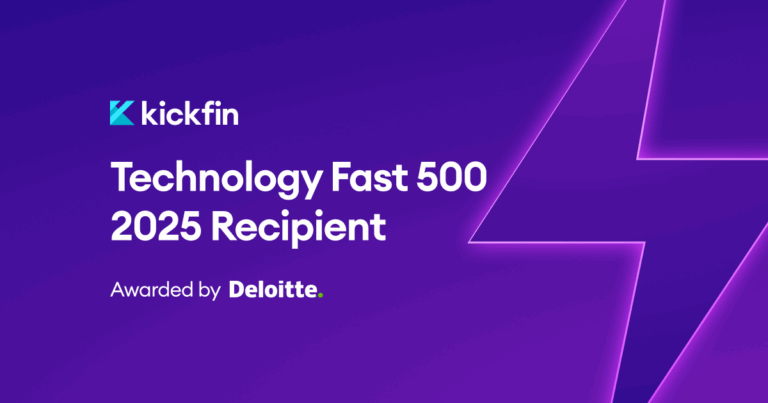
- Product and Company News
Kickfin is proud to announce that we have once again been named to the 2025 Deloitte Technology Fast 500™, a ranking of the fastest-growing technology, media, telecommunications, life sciences, fintech, and energy tech companies in North America, now in its 31st year.
Kickfin is the only company on the list purpose-built for restaurants and bars to automate tip management — marking another major milestone for our team, our partners and the thousands of restaurant operators who trust us to modernize their tip-pooling and payout workflows.
Why it matters
When it comes to tipping out employees, cash is no longer king — and needs are changing fast. Hospitality workers demand (and deserve!) faster, cashless payouts; burned-out managers need more hours in their day; and now more than ever, operators care about visibility, compliance, and employee satisfaction.
Kickfin delivers on all of those fronts by:
- Freeing managers up from bank runs and the back office, so they can focus on everything that can’t be automated.
- Ensuring employees walk out the door with their earnings already in their existing bank account, no waiting, no detours.
- Helping operators stay compliant, track everything, and uncover new efficiencies.
What sets Kickfin apart
There’s a reason Kickfin is the best-in-class tip management solution.
- Broader POS integrations: We’ve expanded our direct integrations with leading POS brands, including Toast, Square, SkyTab, Genius POS, Union, and more — so managers can pool and pay out tips in a matter of clicks.
- Enhanced tip-pool logic and flexibility: Our platform automates even the complex tip pool policies, with more tip pooling and automated reconciliation features than any other solution, while keeping the end-user experience simple and intuitive.
- Instant, cashless payouts: With fewer cash drawer runs and real time bank deposits, teams experience faster shift-close, fewer errors and improved satisfaction.
- Built-in compliance and reporting: As tip-pooling regulations continue to evolve, Kickfin empowers customers with robust features like digital paper trails and payroll integrations to ensure accuracy and compliance from end to end.
- Customer success focus: Our fully U.S.-based Customer Success team is partners with customers to make onboarding fast and easy, no matter how tricky your tip policy may be, so you get ROI right away.
A big thank you
We’re honored to be recognized by Deloitte, and even more excited about what comes next. For restaurant operators, managers and employees alike, the future of tip management is here, and we’re thrilled to be your partner.
Ready to see what automated tip pooling and instant payouts look like in action? Book a demo today!
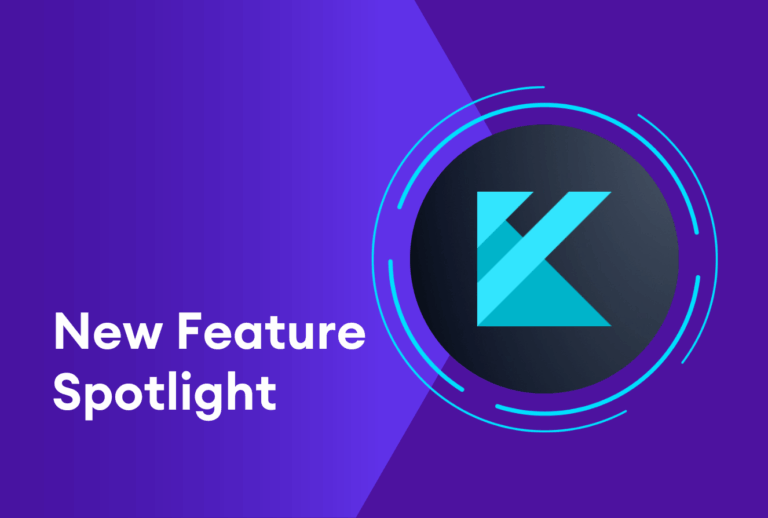
- Product and Company News, Technology and Software
Brand new feature, coming in hot!
As part of our latest product release, Kickfin now offers Blended Payouts for even easier, fully automated tip management and reconciliation.
Why Blended Payouts Matter
Now more than ever, restaurant guests use credit cards or digital payment methods instead of cash. For many operators, that means there isn’t enough cash on hand at the end of a shift to pay out tips. But employees still want to receive their payouts immediately after clock-out.
As our customers know, Kickfin solves for those cash shortages by automating and digitizing the payout process — giving you the power to send instant, cashless payouts directly to your employees’ bank of choice, 24/7/365.
The result: minimal cash handling and risk, better accuracy and tracking — and of course, fewer bank runs.
However, digitizing payouts often results in some leftover cash in the drawer. Over time, we’ve heard from customers who prefer to use up that cash to pay out tips, then distribute the remaining tip amounts via Kickfin.
With Blended Payouts, you can do just that — and still account for every penny paid out, quickly and accurately, within the Kickfin platform.
How Blended Payouts Work
As always, all Kickfin customers can still choose to split individual payment amounts between instant payouts and payroll. Once you enable the new Cash Payouts feature, you will now be able to account for any cash tip payments that were also distributed.
Note: This feature lives within Kickfin’s Tip Calculator, which means you must have an active POS integration to use it.
- Once it’s enabled, you’ll see the new “Cash Payouts” button on the Payment Review screen.
- After clicking the button, users will be able to enter the individual cash amounts that were distributed to employees.
- Back on the Review screen, you’ll see instant payout, payroll, and cash payment amounts for each employee. All three payment methods will have their own line items and be accounted for under your Payment Details.
Watch here for a full walkthrough of the new feature.
Ready to enable Blended Payouts?
If you’re a current customer, in touch with our Customer Success team at support@kickfin.com to activate this new feature.
(Not a customer yet? Click here to see Kickfin in action and learn how you can automate tip pooling and payouts!)
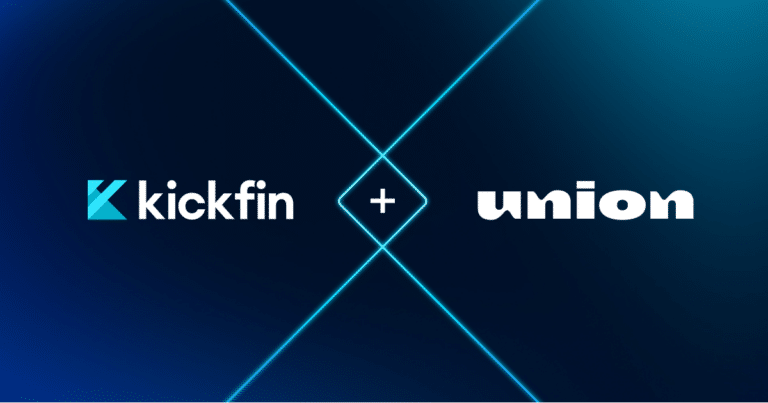
- Product and Company News, Technology and Software
Kickfin is excited to share the latest addition to our integration marketplace. Read on for all the details around our partnership with Union POS. (If you’re a current Union POS customer and you’d like to learn more about how Kickfin automates tip pooling and payouts, schedule a live demo here.)
AUSTIN, Texas (August 13, 2025)—Kickfin, the leading tip management software, today announced the launch of its integration with Union, the purpose-built POS and engagement platform powering the nation’s busiest bars, nightclubs and restaurants.
Thousands of operators use Kickfin to eliminate tedious tip calculations and remove cash from the tip distribution process so managers can move faster, track everything, and ensure accuracy and compliance.

By activating the Kickfin-Union integration, we eliminated clunky spreadsheet formulas and fully automated our tip pooling process. After going live, we reduced our time to close out by an average of 30 minutes after every shift.
The Kickfin-Union integration gives Union’s customers the power to auto-calculate tip pools in a matter of clicks and send payouts directly to employees’ bank of choice—no cash or pay cards required.
“By integrating with Kickfin, we’re giving operators the power to choose best-in-class tools that work seamlessly with their Union POS and data,” said Alex Broeker, the CEO and founder of Union. “This direct integration brings automated tip management to our operators while unlocking new opportunities for operational efficiency, employee satisfaction and simplified compliance.”
KPG Hospitality, which operates experiential bars and unique concepts throughout Texas and Tennessee, was among the first operators to activate the Kickfin-Union POS integration.
“Our venues run at a very fast pace. When you consider the time it takes managers to manually calculate tip amounts every day, after every shift, across every location, it’s a lot of unnecessary admin hours,” said Troy Cramer, the managing partner at KPG. “By activating the Kickfin-Union integration, we eliminated clunky spreadsheet formulas and fully automated our tip pooling process. After going live, we reduced our time to close out by an average of 30 minutes after every shift.”Key Features of the Union + Kickfin Integration:
- Automated Tip Pool Calculations: Calculate complex tip pools in seconds, saving managers hours of administrative work while ensuring accuracy and transparency.
- Instant Cashless Payouts: Pay out tips directly to employees’ bank of choice instantly, eliminating the need for cash handling and bank runs.
- Simplified Compliance: Maintain a digital record of every payout, making tip reporting and tax compliance straightforward.
- Enhanced Tracking: Easily track tips by pay period with comprehensive reporting capabilities.
- Streamlined Operations: Implement complex tip policies with just a few clicks through an extremely easy-to-use interface.
“Our integration with Union, a leading POS system built specifically to support the busiest venues in the industry, makes perfect sense,” said Kickfin co-CEO Brian Hassan. “Together, we’re creating a solution that saves time, reduces errors, and delivers a better experience for both operators and their staff.”
Available immediately through both Union and Kickfin, venues can integrate their systems and begin leveraging these capabilities today. To learn how this partnership can transform your tip management operations, schedule a demo at GetUnion.com or kickfin.com/demo.
About Union
Union powers a first-of-its-kind venue operating system purpose-built for the nation’s busiest bars and restaurants. More than a point-of-sale, Union connects 1,500+ establishments with 5M+ consumers and leading brands through real-time consumption data. The platform drives operational efficiency, enables frictionless mobile ordering, and facilitates brand-patron interactions that enhance venue loyalty. With $2B+ in annual transactions, Union creates a virtuous cycle where venues improve customer experiences, brands gain direct consumer engagement, and patrons enjoy personalized rewarding hospitality—transforming high-volume operations into next-gen guest experiences. To learn more about Union, visit http://www.getunion.com
About Kickfin
Kickfin is a leading digital tip management platform that automates tip pool calculations and delivers cashless tip payments directly to employees’ bank accounts. Designed to eliminate the administrative burden of tip management, Kickfin helps restaurants, bars, and hospitality venues save time, reduce errors, and improve employee satisfaction. With features like instant payments, digital record-keeping, and simplified compliance, Kickfin is transforming the way venues handle tip distribution in today’s increasingly cashless economy.
See Kickfin in action!
- No contracts or setup fees
- Implement overnight
- 24/7 customer support
![[VIDEO] CRS Hospitality Hits the “Easy Button” with Kickfin-Toast Integration](https://kickfin.com/wp-content/uploads/2026/01/CRS-Hospitality-Success-Story.png)
![[VIDEO] Wild Thyme Restaurant Group Reduces Labor Costs with Kickfin](https://kickfin.com/wp-content/uploads/2025/12/Shorebird-Success-Story-image.png)


![[VIDEO] RAVentures Streamlines Tip Payouts Across 50+ Locations](https://kickfin.com/wp-content/uploads/2025/12/2026-TEMPLATE-SS-logo-image-for-gallery-page.png)

![[VIDEO] The Toasted Yolk Cafe Franchisee Chooses Kickfin for Tip Payouts](https://kickfin.com/wp-content/uploads/2025/09/TEMPLATE-SS-logo-image-for-gallery-page-7.png)


